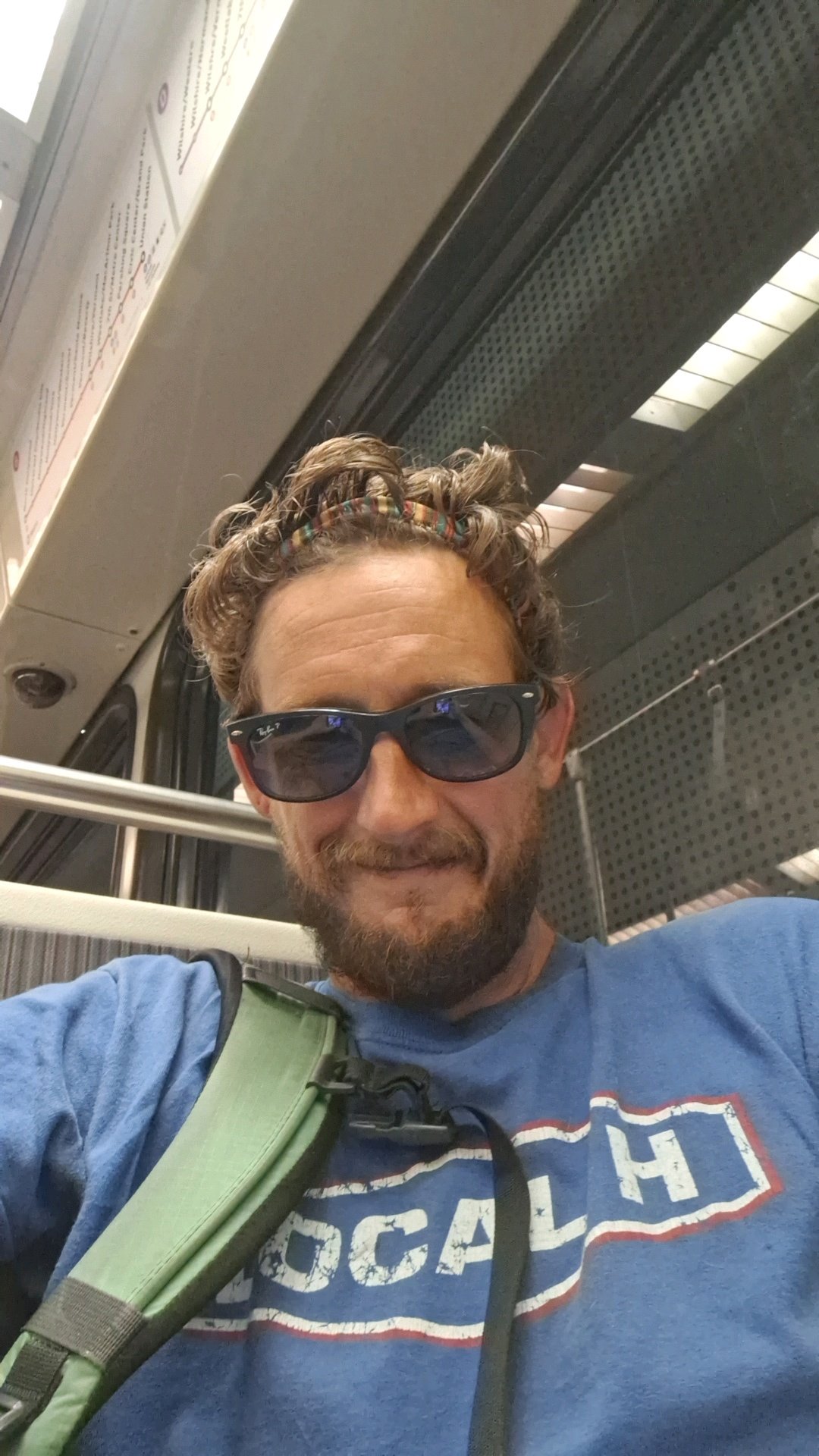Metro’s TAP-to-Exit pilot program at its North Hollywood B Line station expanded to all 10 end-of-line stations Tuesday, beginning with the E-Line’s Downtown Santa Monica station.
SANTA MONICA, Calif. (KABC) – Metro has officially expanded its program aimed at reducing fare evasion and boosting rider safety.
Metro’s TAP-to-Exit pilot program at its North Hollywood B Line station expanded to all 10 end-of-line stations Tuesday, beginning with the E-Line’s Downtown Santa Monica station.
“What we’ve seen, statistically, is that about 90% of the people that commit a crime on the system did not have a tap card, did not pay their fare,” said Carlos Rico, Metro’s Senior Manager for System Security and Law Enforcement. “So this is a proactive tool for us to be able to address crime on the system.”
The goal is to help reduce fare evasion and increase safety for riders.
“In less than two months, the North Hollywood station pilot transformed behavior along the 14 B-Line stations with reported crime and other issues (fights, drug use and graffiti) having dropped by more than 40% on the Transit Watch app,” said Metro in a statement.
According to an ongoing survey of North Hollywood riders, 91% said the pilot program “made the station feel cleaner” and 86% said it made them feel safer.
How does the TAP-to-Exit pilot program work? All Metro riders are required to tap a fare card to board a bus or train.
The Tap to Exit policy requires that riders tap their fare cards again to exit the Metro rail station, providing another assurance that every rider is paying the fare, according to the transit agency. The program was originally launched in May.
Metro officials previously described the Tap to Exit policy as an effort to boost compliance with fare requirements. The education period will last until Tuesday, Sept. 10, after which citations could be issued for those who evade fare.
Those who don’t tap will automatically have the fare taken from their TAP card when they tap out.
According to Metro, similar tap-to-exit programs are already in place on other systems, including Bay Area Rapid Transit, Washington Metropolitan Transit Authority and Metropolitan Atlanta Regional Transit Authority.


I think I want that here in the Bay for BART.